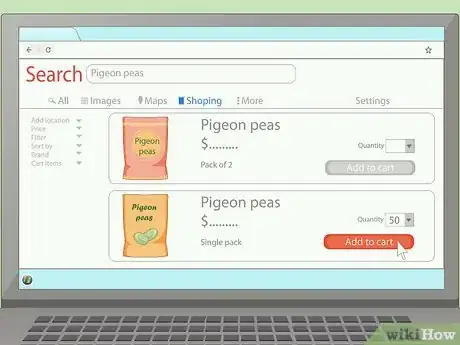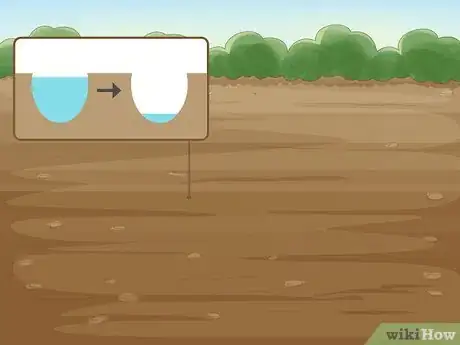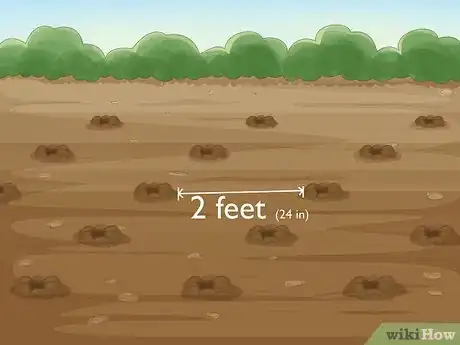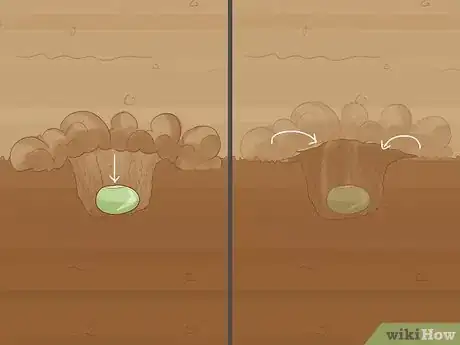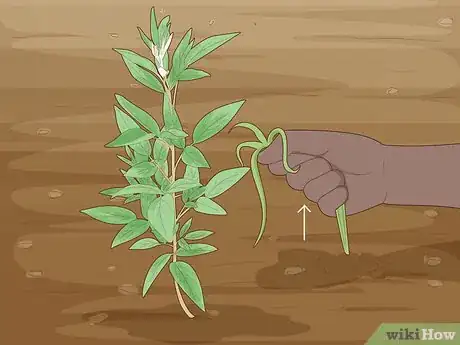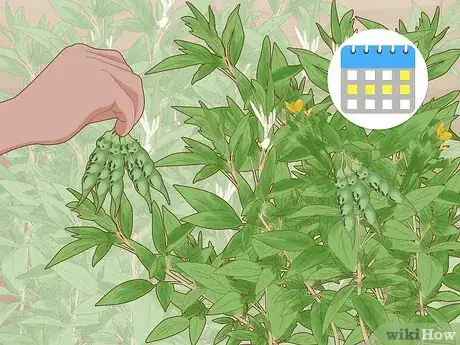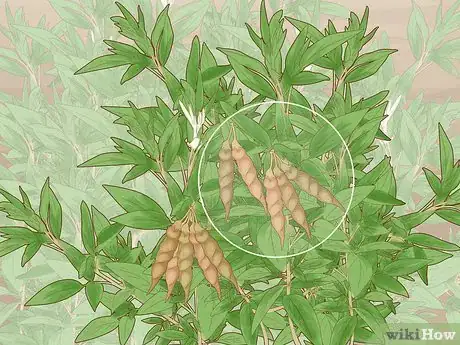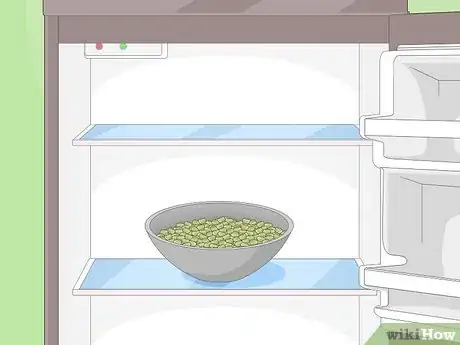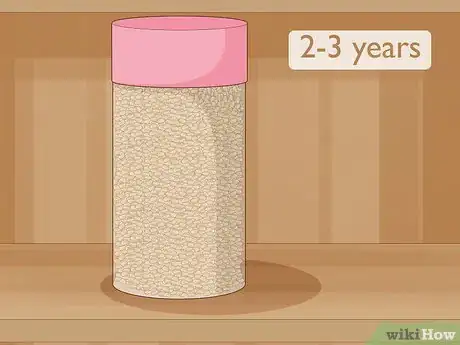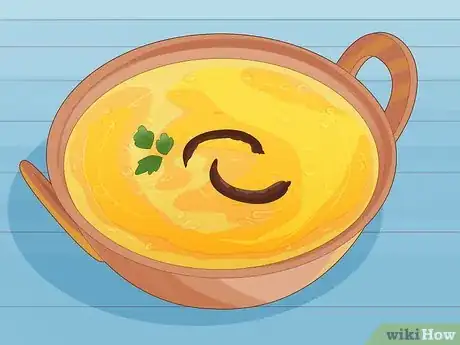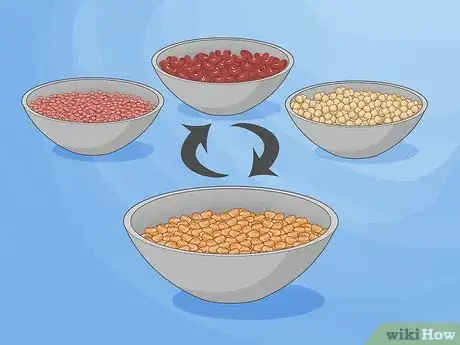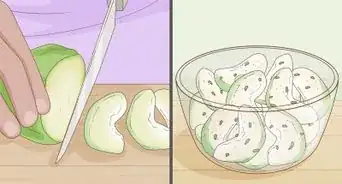This article was co-authored by wikiHow Staff. Our trained team of editors and researchers validate articles for accuracy and comprehensiveness. wikiHow's Content Management Team carefully monitors the work from our editorial staff to ensure that each article is backed by trusted research and meets our high quality standards.
There are 7 references cited in this article, which can be found at the bottom of the page.
This article has been viewed 14,087 times.
Learn more...
Pigeon peas are slightly nutty legumes that are popular in African, Indian, and Caribbean cuisines. They’re a great crop to grow as they’re drought-resistant and can thrive in many different types of soils. They do best when planted during the early spring and harvested in late summer. Use them in your favorite dishes in place of lentils, beans, or chickpeas, or cook a traditional pigeon pea dish, like arroz con gandules.
Steps
Planting and Harvesting
-
1Buy seeds online or from your local garden center. Depending on where you live, you may have to ask your garden center to order the seeds for you, or you could place an order online. Most seeds come in packets of 50 or 100, and you can plant as many of those as you want and save the rest for the next planting season.[1]
- To save the seeds for the next year, keep them in their original packet and store them someplace dry.
-
2Wait until after the last frost of the season to plant your seeds. Pigeon peas do best in climates that reach 65 to 95 °F (18 to 35 °C) during the spring and summer months. It takes about 3-4 months for them to grow and flower, so you can expect your first harvest to be in mid to late summer.[2]
- In countries like the United States and Canada, pigeon peas need to be planted annually. In warmer climates that don’t experience freezing temperatures, they will come back every year on their own.
When to Expect the Last Frost: You can search online for your specific location to determine when the last frost is expected. Try searching for “zip code last frost” or “hardiness zone last frost.” For example, if you search for “hardiness zone last frost Ohio,” you’ll find that the last frost is expected from May 1 to 31.
Advertisement -
3Plant your seeds in well-draining soil so they don’t become waterlogged. Pigeon peas are a very hardy crop that can withstand drought and thrive in lots of different types of soil. They’ll grow at their peak performance if they don’t get oversaturated with rainfall, though, so opt for a well-draining soil if you have that choice.[3]
- These are great crops to plant if you live in a dry, arid climate.
- To test how well your soil drains, dig a hole that is 1 foot (12 in) deep and 1 foot (12 in) wide. Fill the hole with water and set a timer for 10 minutes. If the water has drained out of the hole, you have soil that drains well.
-
4Dig holes that are 1 inch (2.5 cm) deep and 4 inches (10 cm) apart. Use a small trowel to make the holes for your seeds. Pigeon peas are also often used as hedge plants, so consider if you’d like to set them up along the perimeter of your property.[4]
- If you don’t want to risk getting your hands dirty, wear a pair of gardening gloves while you work.
-
5Put 2 feet (24 in) of space between each row of seeds. If you’re planting multiple rows of pigeon peas, leave enough space between them so they won’t get overcrowded as they grow. The extra space between rows will allow you to harvest the peas more easily, too.[5]
- If you have to plant the rows closer together, try to stagger the placement of each seed so that there is as much room as possible between each one. For example, in row 1, you could plant a seed at 1 inch (2.5 cm) and 5 inches (13 cm), and in row 2, you could plant a seed at 3 inches (7.6 cm) and 7 inches (18 cm).
-
6Put 1 seed into each hole and cover it back up with soil. When you replace the soil you removed, gently pat it down with your trowel so the soil isn’t loose. Because pigeon peas are so hardy, almost all the seeds you plant should germinate and grow.[6]
- If you put more seeds into each hole, you may have to remember to thin out the smaller plants once they start to grow so they don’t get overcrowded.
-
7Weed the seedbeds every week until after you’ve harvested the peas. Pigeon peas don’t need much maintenance—they can thrive even in a drought and can take root in unwelcoming soil. But, they will be healthier and produce more if the soil is kept free of other plants.[7]
- Make sure to wear gardening gloves when you weed. Some weeds have prickly thorns or stickers than can irritate your skin.
-
8Pick the green pea pods by hand to use them while they’re fresh. It takes about 20 weeks or 4-5 months from planting the seeds for flowers to appear. From there, you should see new beans appearing every day. Simply pinch the pods off whole where they intersect with the stem.[8]
- Fresh pigeon peas are often used in traditional curry recipes. They’re also a great substitute for black-eyed peas, yellow-eyed peas, lima beans, and lentils.
-
9Leave pods on the plant to let them dry. Instead of picking off the beans when they turn green, leave them alone until they’ve dried out and turned brown. From there, you can easily snap them off the plant and harvest the beans by removing the dried outer husk.[9]
- Dried pigeon peas are a great staple to have in your pantry. They can be used similarly to lentils and other dried beans in lots of different recipes.
Storing and Using Pigeon Peas
-
1Keep unshelled fresh pigeon peas in the fridge for 3-4 days. To easily shell them, boil them in a large pot for 5-7 minutes. As they cool, you should be able to simply peel away the hull. Add them to your recipe as directed.[10]
- You can store the pigeon peas in a resealable bag or open bowl in the fridge.
-
2Store dried pigeon peas in the pantry for 2-3 years. Store them in an airtight container in a dry location. To use dried pigeon peas, cover them in cold water and soak them for 6-8 hours, then add them to a recipe as directed.[11]
- If you’re using a pressure cooker, follow the same directions you would use for lentils or dried beans.
-
3Make dhal if you enjoy the flavor of Indian cuisines. Dhal is typically made with pigeon peas, onions, fresh ginger, cumin, cilantro, tomatoes, and turmeric. There are many different recipes you can choose from. Some add jalapeños for extra spice, while others mix in lentils, carrots, or even potatoes.[12]
- “Dahl” is also often spelled “daal,” “dal,” dail,” or “dhal.”
- If you find a recipe that calls for lentils or beans, you can just substitute pigeon peas in their place.
-
4Cook arroz con gandules, a favorite Puerto Rican dish. This is a filling dish that packs a flavorful punch. It can be made very simply with basic pantry ingredients, or it can be elevated with lots of fresh ingredients and spices. For a basic recipe, you’ll need pigeon peas, rice, adobo seasoning, sazon goya, tomato sauce, and sofrito sauce.[13]
- You can use fresh pigeon peas or ones that have been dried for arroz con gandules. If you’re using dried ones, just make sure to start soaking them early enough in the day so they’ll be ready at dinnertime.
-
5Substitute pigeon peas for lentils, beans, and chickpeas. Pigeon peas have a slightly nutty flavor and are crisp when you bite into them. They go great with Indian, Caribbean, and African dishes, but they can also be added to everyday salads, soups, and stews.[14]
- Pigeon peas can even be eaten fresh from their pods as a healthy, crunchy snack.
Things You’ll Need
Planting and Harvesting
- Pigeon pea seeds
- Trowel
- Gardening gloves
Storing and Using Pigeon Peas
- Airtight container
References
- ↑ https://plantvillage.psu.edu/topics/pigeon-pea/infos
- ↑ http://www.marioncountyfl.org/home/showdocument?id=4966
- ↑ https://plantvillage.psu.edu/topics/pigeon-pea/infos
- ↑ https://aggie-horticulture.tamu.edu/plantanswers/vegetables/pigeonpea.html
- ↑ https://aggie-horticulture.tamu.edu/plantanswers/vegetables/pigeonpea.html
- ↑ https://aggie-horticulture.tamu.edu/plantanswers/vegetables/pigeonpea.html
- ↑ https://plantvillage.psu.edu/topics/pigeon-pea/infos
- ↑ http://www.marioncountyfl.org/home/showdocument?id=4966
- ↑ https://www.tropicalpermaculture.com/pigeon-pea.html
- ↑ https://www.clovegarden.com/ingred/bp_pigeonz.html
- ↑ https://www.clovegarden.com/ingred/bp_pigeonz.html
- ↑ https://www.foodandwine.com/recipes/buttery-pigeon-pea-dal-mitti-handi-dal
- ↑ https://www.food.com/recipe/arroz-con-gandules-rice-and-pigeon-peas-a-puerto-rican-fav-379283#activity-feed
- ↑ https://www.clovegarden.com/ingred/bp_pigeonz.html
- ↑ http://www.marioncountyfl.org/home/showdocument?id=4966
